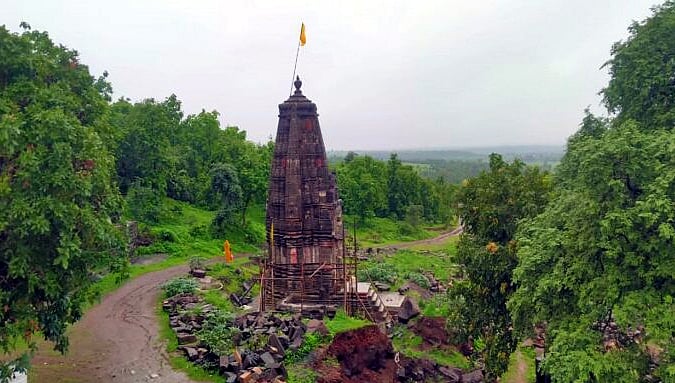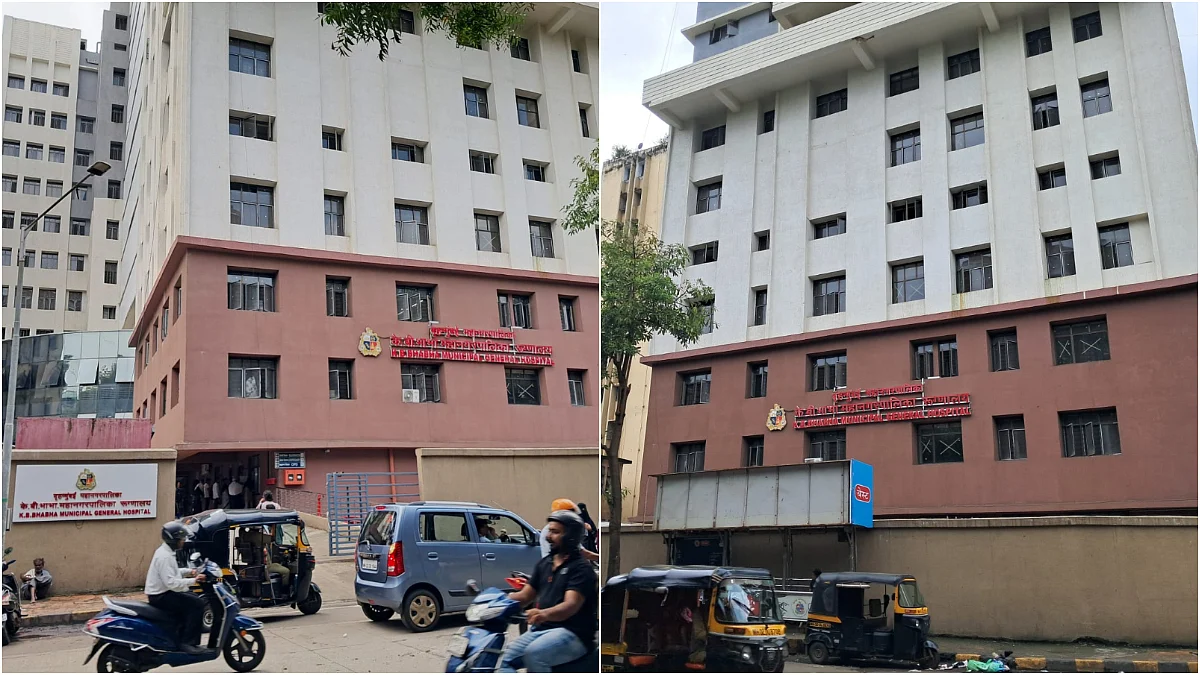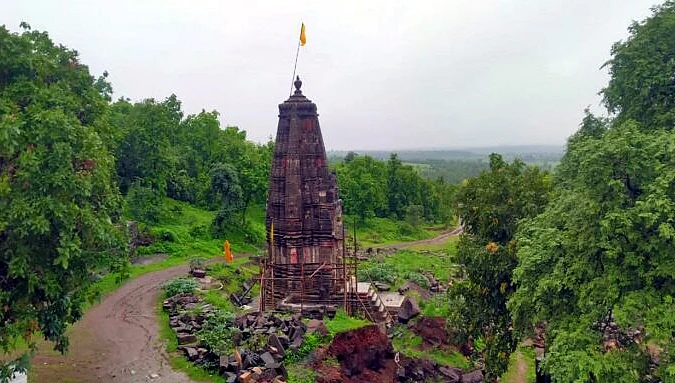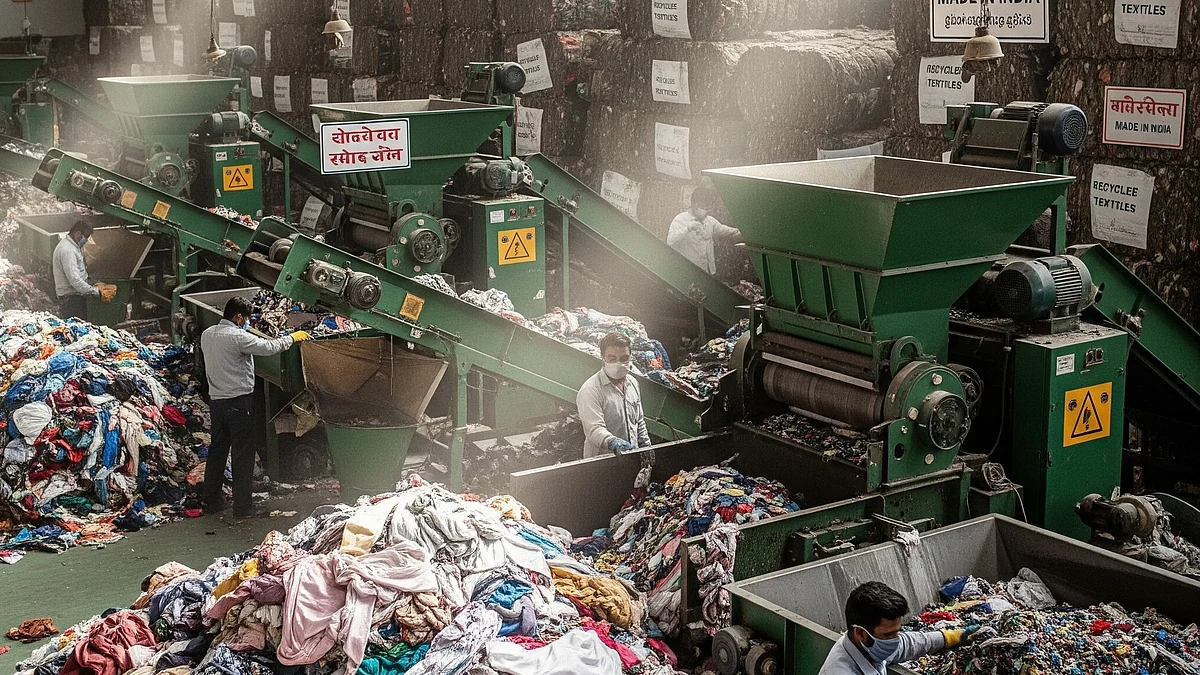Bhopal (Madhya Pradesh): Do not grow old, no matter how long you live. Never cease to stand like curious children before the mystery into which we were born – Albert Einstein
The echoes of history are still heard in Dev Badla, surrounded by woods and a chain of Vindhyachal mountains, from where originates the Nevaj River, the lifeline of Dev Badla, over 100 km from the state capital.
Dev Badla signifies the hills of gods or the land of gods. As it breathes into the lap of nature, many tourists flock to this place every year. The area abounds in historical evidence belonging to the Parmar dynasty.
Archaeologists have discovered many temples of the Parmar dynasty as well as many Jain idols from this place. Several temples came up between the 11th and the 13th centuries. The vagaries of nature may have ruined those temples with the passage of time, but many of them still stand as an example of India's glory.
Archaeologist Vishnu Shridhar Vakankar spoke about 11 temples that once stood in the area. According to the Archaeological Survey of India, there may have been five temples. When a few ancient idols were found in the area in 2016, a team from the archaeological department inspected the site. They decided to dig up the place and came across the relics of several ancient temples. It was during the excavation that they hit upon many temples belonging to the Parmar dynasty in the 11th and the 12th centuries.
Initially, a Shiva temple and a Vishnu temple were found. Forty idols of Brahmadev, Bhuvaraha, Bhairav, Devi Lakshmi, Yogini and Shiv Nataraj were discovered.
The relics scattered everywhere in Dev Badla indicate that Jain tradition burgeoned in this place along with the Sanatan culture. The archaeologists say that these temples may have been constructed during the rule of King Devpal Dev of the Parmar period. He was known as a warrior, scholar, and preserver of heritage.
During the rule of the Parmar dynasty, the Malwa area was the centre of Shiva worshippers, because the Parmars were the followers of Shiva.
The idols of Shiva and Vishnu were made of the red sandstone available in the area. An altar has been found at the base of the Shiva temple built during the rule of the Parmar dynasty.
Excavators are making efforts to keep the original structure of the temple by using the stones found there.
Many beautiful idols, found in the temple, still look vivacious. The other temples are also on the verge of being restored.
Plans are afoot to set up a museum in Dev Badla.
The history of the area is incomplete without the story of the Nevaj River, which has emerged from the womb of the mother earth. From behind the hills comes out another stream, the Doodhi River. It is called Doodhi because of its clean water.
Both rivers have mingled with each other in Murawar village and turned into a single water body, which has merged with the Chambal River.
The two streams and the hillocks encompassed by green woods have turned Dev Badla into a canvas on which Mother Nature uses her brush and colours it at her will.
The place reverberates with the musical sounds of waterfalls and the trills of unknown birds. Blue bulls, deer, and other animals graze at this place where past and present mingle with each other. In the rainy season, when both rivers are full to the brim, they seem to be chattering over their stony ways, dancing under the overcast horizon.











